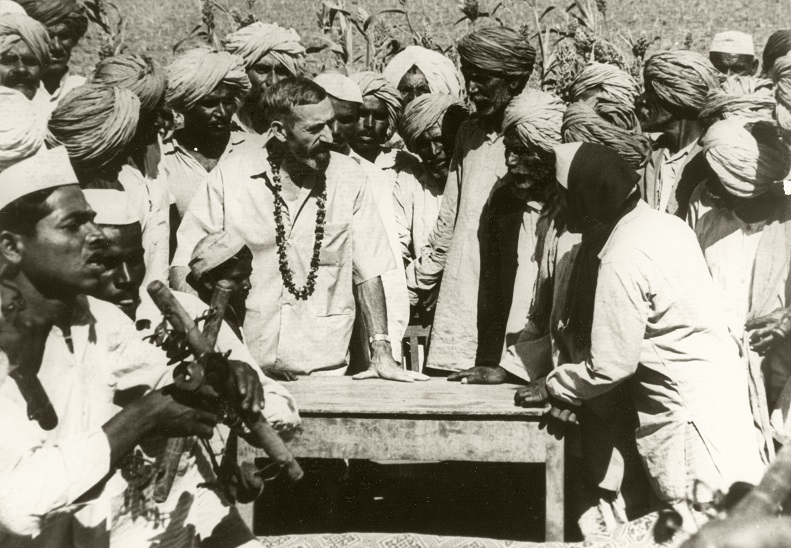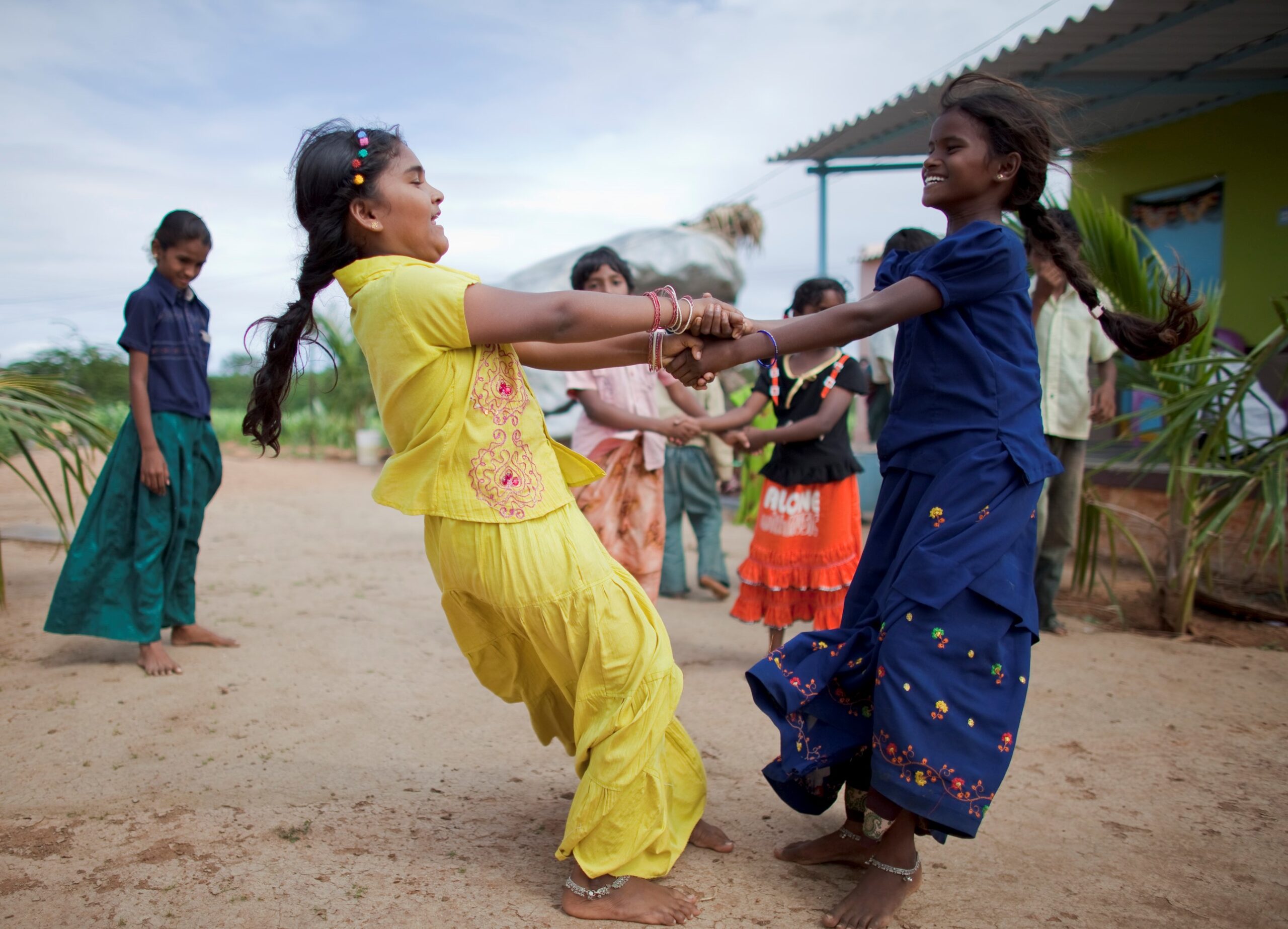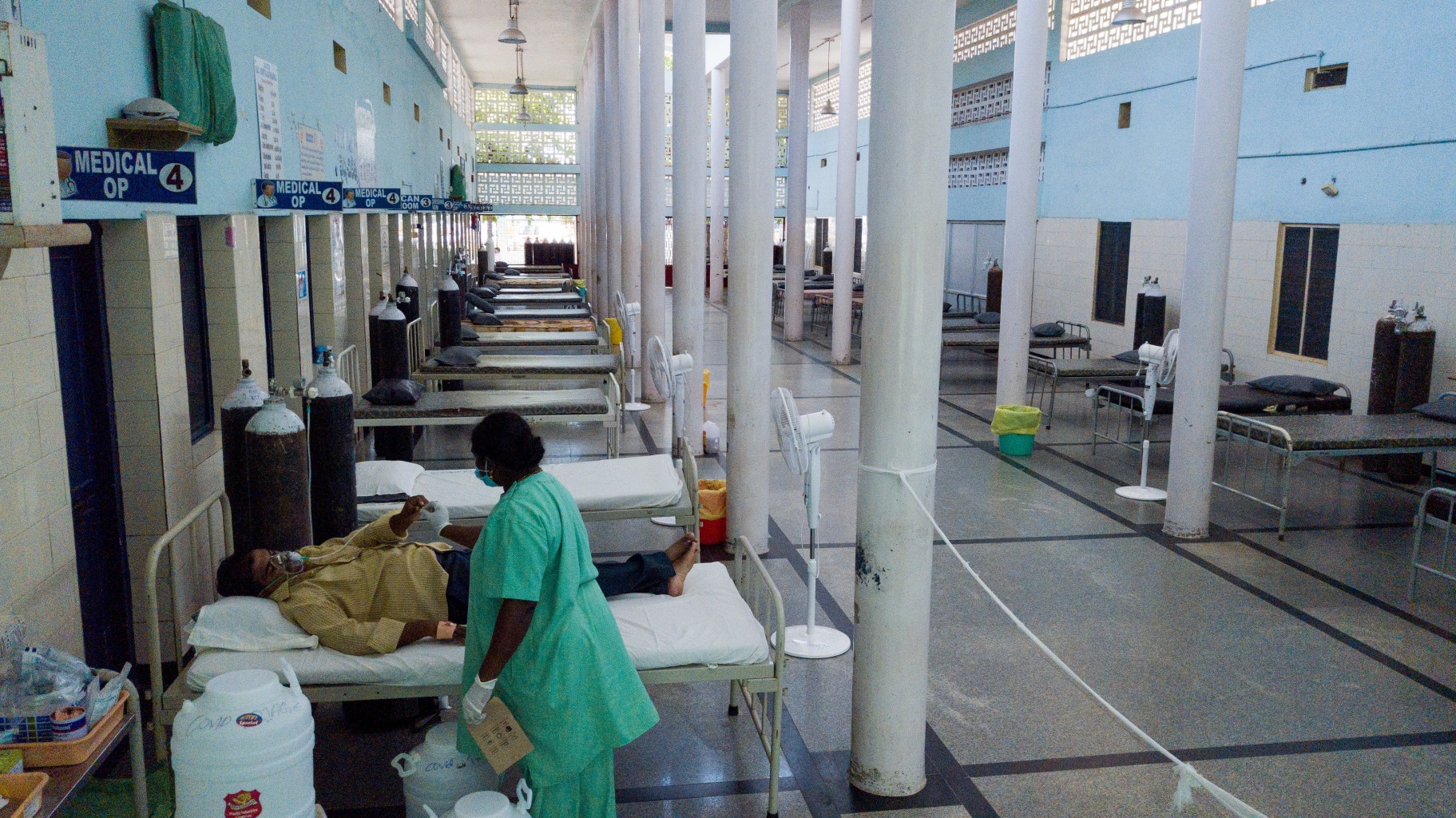Home > Blogs
Bathalapalli Hospital Prepares for a Third Wave
In May 2021, India registered more than 400,000 COVID-19 cases and 4,000 deaths every day, mostly due to lack of oxygen. At first, the impact was more prominent in urban areas, but at the beginning of June, infection rates began to soar in rural areas where access to medical care is already limited. At the height of the second wave in the Anantapur District, RDT’s Bathalapalli Hospital received more than 200 people a day at its triage center. All 307 beds in the hospital were occupied, and most patients required constant oxygen.
In recent days, however, the number of people arriving at the Bathalapalli Hospital triage area has dropped perceptibly. On average, ten patients are admitted daily, of which only one or two show oxygen saturation levels below 95%. In addition, during the last week, more than 20 patients have been discharged every day, leaving the hospital at 60% capacity.
“I would like to believe that the cases will decrease more and more and that in a month or so, we will be able to restart the general services that our hospital offers,” said Dr. Praveen, director of RDT’s Hospital in Bathalapalli.
Now the hospital must determine how to resume regular services in the coming weeks while preparing for the third wave. “We do not know when it will arrive or with what intensity,” admitted Dr. Praveen. He said he hopes that it does not come with the same magnitude as the last wave. “The second wave hit us very hard, and it was very tough. We were prepared, we had all the necessary equipment, our medical team was trained, we had the experience of the first wave… But what we did not expect in the second wave was such a huge need for oxygen,” he continued.
The hospital’s medical professionals continue to care for patients while working to restore regular health services and prepare for the third wave at the same time. They are already acquiring more equipment and staff to face whatever comes next. In addition, an old building on the hospital campus is being renovated to create space for 25 new beds with oxygen and several oxygen generators, one of which is already functioning.
“Some rumors say that the next wave may affect children more aggressively, and although there is no study to prove it, our pediatric department has begun to organize for necessary medicines and resources to treat minors, if the time comes,” explained the hospital director. Right now the priority is preventing a new overwhelming crisis in the hospital so it can continue to offer the best possible service to all those who require it and support local authorities as well.
“I must admit that I am terrified of thinking about a third wave,” confessed Dr. Praveen. The Bathalapalli Hospital team worked tirelessly for more than six months during the first wave. During the second wave, which came like a tsunami without warning, they faced a national oxygen crisis with the hospital filled to capacity. “We all need a break. Otherwise, this situation will strongly affect our mental health,” warned Dr. Praveen. No one can know what is going to happen, but Dr. Praveen hopes that COVID-19 gives healthcare workers a break. The courageous men and women who have been on the front lines taking care of the sick need to look after themselves, too. Dr. Praveen also encourages everyone to get vaccinated as soon as possible.
Text adapted by VFF USA

Commemorating 55 Years of the Rural Development Trust (RDT)
01/22/2024Today we commemorate the arrival of Anna Ferrer and Vicente Ferrer to Anantapur and the be...
READ MORE
VFF USA & the SDGs: A Bastion of Hope by Suporna Chaudhuri
08/21/2023The United Nations’ Sustainable Development Goals (SDGs) comprise a mosaic of principles...
READ MORE
Empowering Dreams: VFF USA’s Journey at NATA Convention 2023
07/20/2023In the heart of Dallas, the NATA Convention 2023 was a lively gathering of people f...
READ MORESupport our work to help individuals and communities affected by COVID-19
Would you like to know how we use the funds?LEARN MORE
 June 29, 2021
June 29, 2021